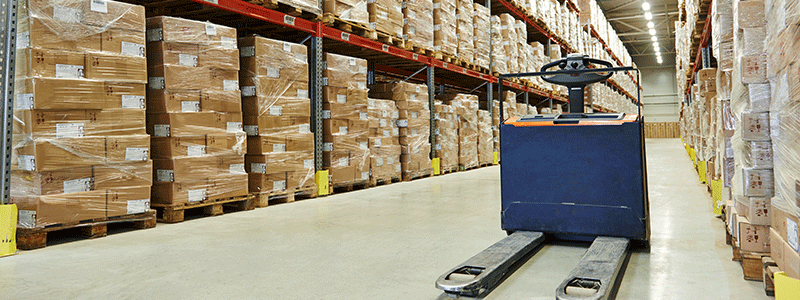
There exists for you multiple options and varieties when it comes to pallet racks because pallet racks are not one size fits all. While some racks are ideal for storing regular palleted items, other racks should be used for longer items like pipes and boards. It is your responsibility to do the research before you invest in pallet racks to see which racks better suit your needs. Here is a short list of the pros and cons of different types of pallet racks to help you get started in your decision making.
Cantilever Racks. Cantilever racks are used for items which need to be stored lengthwise and need to be easily accessible for being picked. Items like metal tubing or lumber will most likely be stored in cantilever racks so they will not roll away and a forklift can openly access them. In short, items which need more horizontal space than vertical space should be stored in cantilever racks.
- Cantilever racks offer the space needed for lengthy items and ease of picking. They are highly adjustable for any height or length of item.
- Cantilever racks take up a wide area in the warehouse as wider aisles are needed for moving lengthier items.
Drive in Pallet Racks. Warehouses which need more space or are trying to be economical with their space will benefit from drive in pallet racks. These racks are ideal for warehouses with items which do not necessarily need to be accessed immediately after being placed on shelves. The storage capacity of these racks also means narrower aisles.
- Drive in pallet racks are ideal for Last in, first out or First in, first out operating systems, and they offer more storage than any other type of pallet rack.
- If a pallet is not on the outside of a rack, it is more difficult to access by forklift, and the potential for smaller aisles may make it more difficult for forklifts to operate.
Push Back Rack. Much like drive in pallet racks, push back racks allow better storage if a warehouse’s space is limited. Push back racks work by moving product forward when the product in front of it is taken off the rack. This is ideal for Last in, first out operations.
- Push back racks offer lots of storage without the need for trucks to drive into the rack. They also eliminate the need for multiple loading/unloading aisles as items are loaded and unloaded from the same aisle.
- Pallets cannot be accessed unless they are at the front of the rack, and due to the design of the push back rack, there is a limit to the depth which the pallets can be stacked.
Pallet Flow Rack. Pallet flow racks are ideal for high volume items which move fast. The shelves are inclined and allow for easy picking. The pallets are deep and actually can replace aisles. These racks are loaded from the back and picked from the front.
- Products can be stored deep and densely in these racks, and you can add this type of rack to almost any warehouse with a racking system already in place.
- Pallet flow racks are a bit more costly than other types of pallet racks, and they do not offer accessibility for all types of pallets.


.png)

